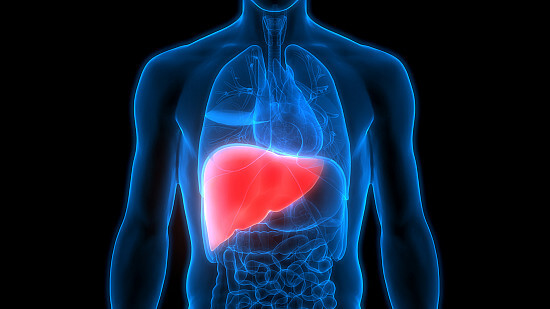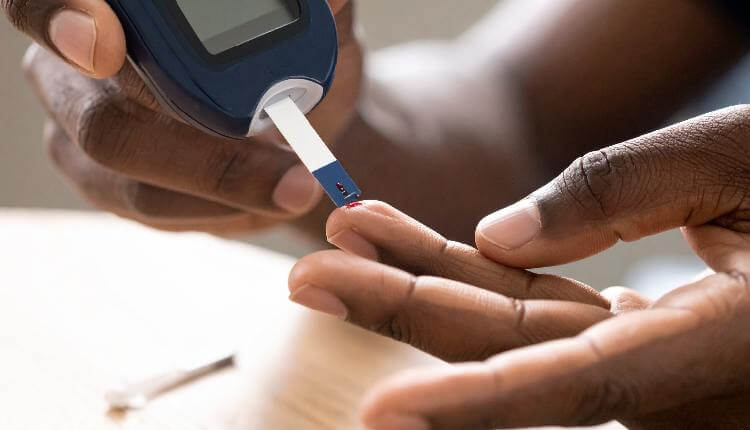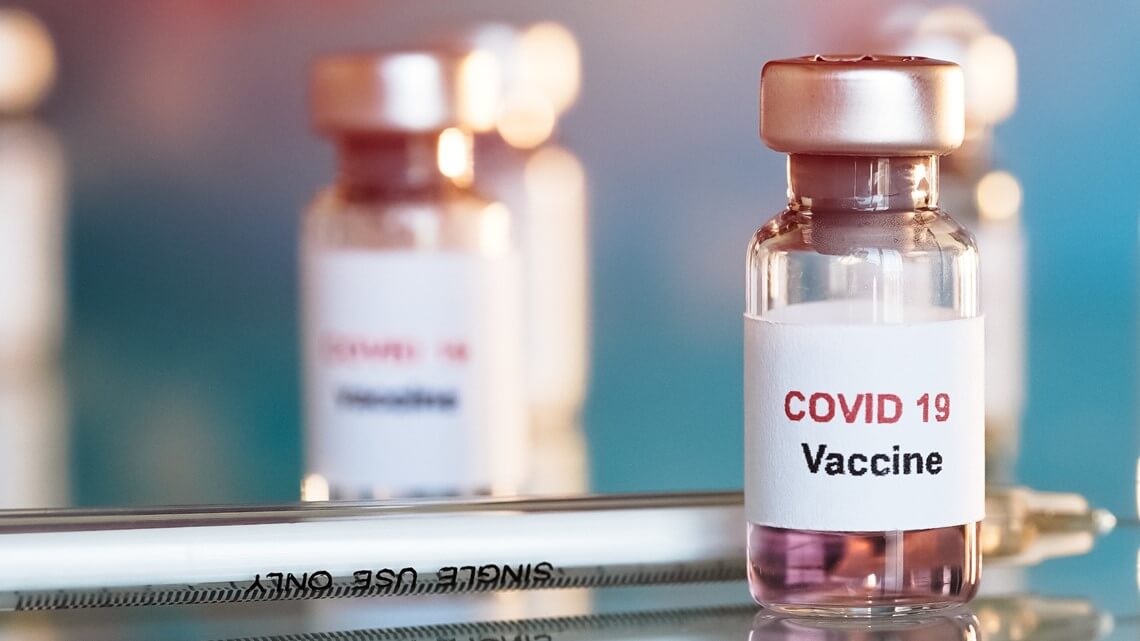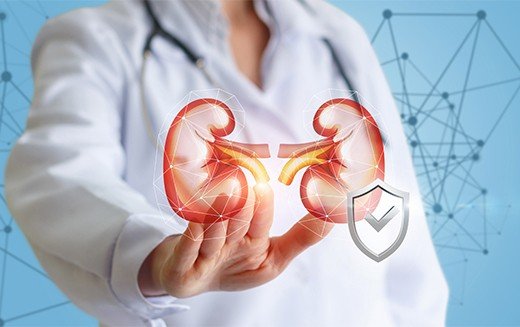Ultrasound key to detect fatty liver disease early: Experts
Sat 15 Jun 2024, 00:11:47

Experts highlighted the importance of ultrasound for the early detection of fatty liver disease, noting that blood tests alone might not offer a prompt diagnosis. Currently, diagnosing fatty liver disease mainly relies on a combination of patient history, physical examination, and blood tests, which measure liver enzyme levels and other liver function indicators.
Nevertheless, the experts pointed out that imaging techniques like ultrasound and FibroScan are beneficial for visualising the liver and identifying fat accumulation, even in situations where liver enzyme levels do not show significant abnormalities.
*Early and accurate detection through imaging techniques like ultrasound could lead to timely interventions, lifestyle modifications, and treatment plans that could significantly improve patient outcomes. Therefore, I urge healthcare professionals to consider adopting ultrasound as a more routine diagnostic tool for fatty liver disease and using its benefits more widely to enhance patient care," said Dr Akash Roy, Senior Hepatologist at Apollo Hospitals, Kolkata.
What is fatty liver?
Fatty liver disease is associated with obesity and diabetes. Eating too many carbohydrates increases insulin levels, and consistently high insulin levels result in insulin
resistance. This disrupts metabolism and turns excess glucose into fatty acids, which are then stored in the liver.
resistance. This disrupts metabolism and turns excess glucose into fatty acids, which are then stored in the liver.
Fatty liver disease can be categorised into two primary types: alcoholic fatty liver disease (AFLD) and non-alcoholic fatty liver disease (NAFLD/MALD). Both types are associated with liver inflammation and damage, which can ultimately progress to fibrosis, cirrhosis, or liver cancer.
A recent study conducted by Apollo Hospitals involving 53,946 individuals who underwent preventive health check-ups found that 33 per cent were diagnosed with fatty liver. However, only one-third of those diagnosed with fatty liver had elevated liver enzymes. Experts suggest that this finding indicates a need for healthcare systems to adopt diagnostic methods beyond just blood tests for the early detection and reversal of such conditions in all individuals.
"Early detection is critical for effective management of fatty liver disease. Ultrasound imaging plays a vital role in identifying the grades of fatty liver, even in its silent stages. By leveraging ultrasound technology, we can detect fatty liver disease before symptoms appear, and prevent its progression to more severe liver damage.” said Dr Pavan Dhoble, Junior Consultant - Gastroenterology. P. D. Hinduja Hospital & MRC, Mahim.
No Comments For This Post, Be first to write a Comment.
Most viewed from Health
AIMIM News
Latest Urdu News
Most Viewed
May 26, 2020
Can Lionel Messi's visit boost Indian football?
Latest Videos View All
Like Us
Home
About Us
Advertise With Us
All Polls
Epaper Archives
Privacy Policy
Contact Us
Download Etemaad App
© 2025 Etemaad Daily News, All Rights Reserved.

























.jpg)
.jpg)
.jpg)


